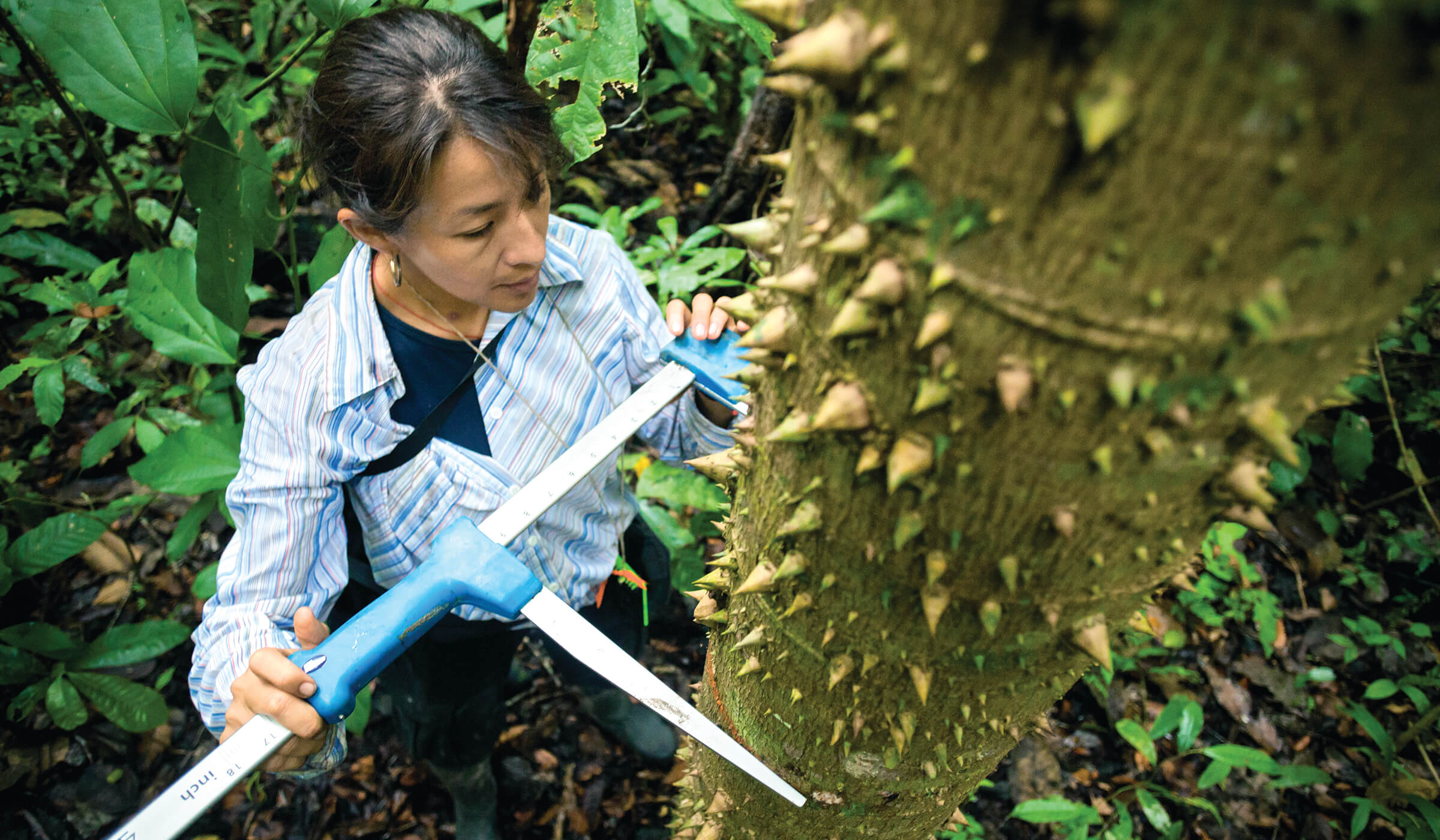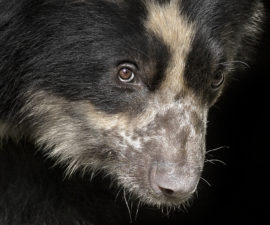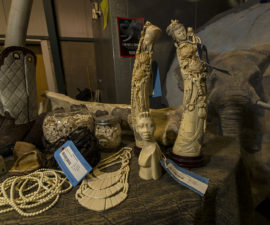BY Ron Swaisgood
When you turn 50, you tend to do a lot of navel-gazing, contemplating who you are, what you have done with your life, and what you have yet to do. Biological stations are no different, it would seem. At the Cocha Cashu Biological Station, we celebrated our 50th in 2019, which spurred us to do some deep thinking. Why are we here? What have we accomplished? What can we do better? What does the future hold? How can we grab that future and make it ours?

Neotropical Wonders
Fifty years ago, I was playing in the woods, and did not know that someday, I would have the honor and the responsibility of supervising a field station in one of the greatest stretches of forest on the planet. The Cocha Cashu Biological Station is located in Manu National Park in the Peruvian Amazon, which harbors the most diverse portfolio of plant and animal life anywhere. In a single hectare, you may find well over 100 species of trees. I am drawn to the awe-inspiring dipterocarps, with their sprawling buttresses, and the fig trees, with their cathedral-like qualities and the incredibly important role they play in feeding the animals of the rain forest.

FOREST HOME
For researchers, Cocha Cashu provides invaluable experiences and incredible insights into the complex workings of a rain forest. (Left): Spider monkeys are one of several primate species inhabiting Manu National Park. (Right): Ron Swaisgood (left) reviews mapping locations with a colleague.
Cocha Cashu and its surroundings hold the world record for the most species of birds sighted in a single day; more than 1,000 species live in Manu National Park. Spend a day walking the trails, and you are likely to see more than a half-dozen monkey species, up to 13 species with a little effort and luck. My favorites are the spider monkey—which has amazing acrobatic skills—and the pygmy marmoset, whose small size and monogamous habits are endearing. When we set up a trail camera overnight, we can’t wait to see what we’ll find: jaguars, pumas, ocelots, jaguarundis, tapirs, anteaters, and so much more.
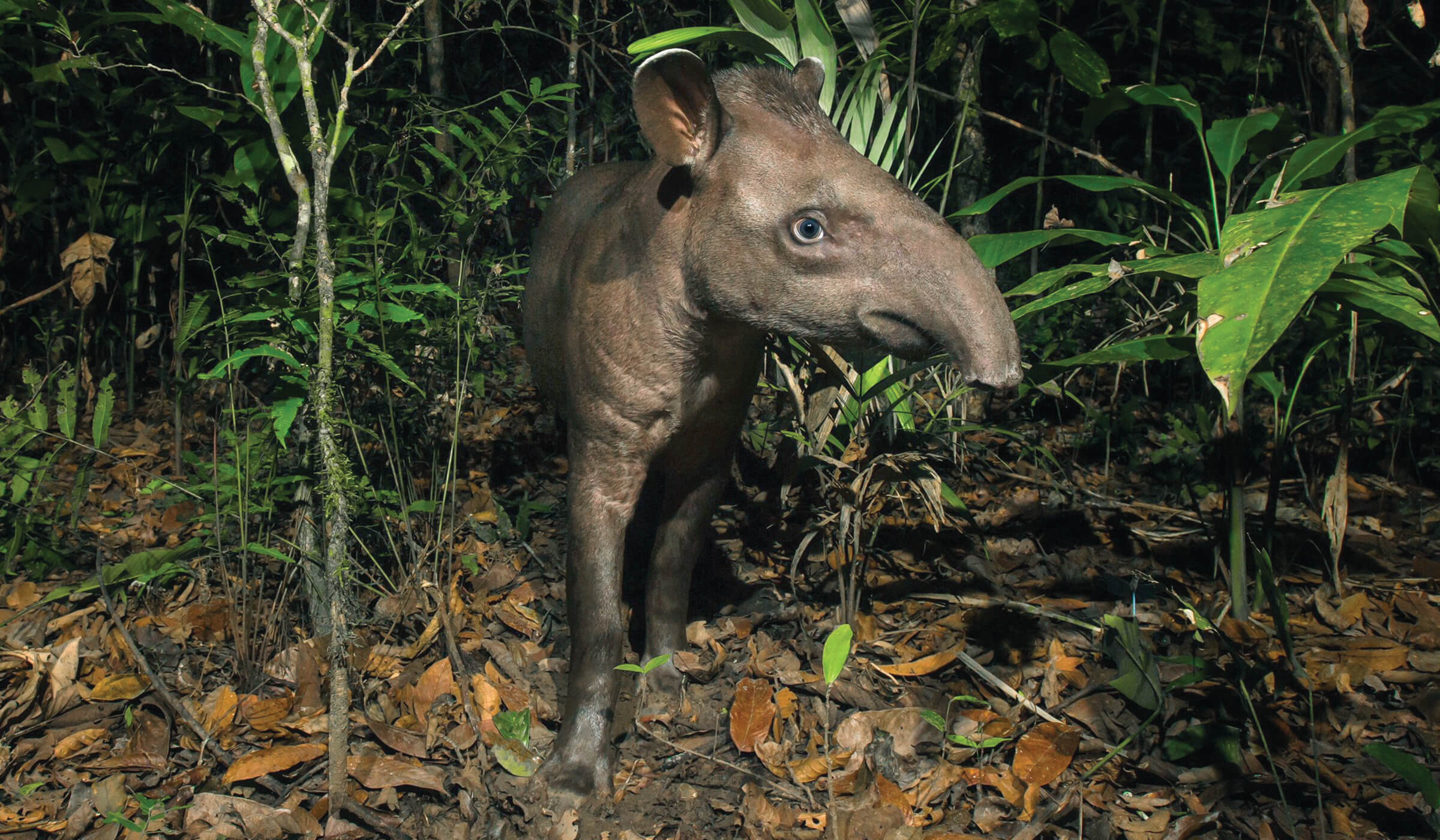
Adventures in a Bigger World
Teeming with biological diversity, Cocha Cashu has a lot going for it. There is a price to be paid, however. The main one is access: you must spend a day on a dirt road and a couple more days on a riverboat to get there. But the journey is spectacular. You may also get more than a few bug bites. I once acquired a rapidly growing fungus on my foot that had me sidelined with infection in a matter of hours. This experience led me to propose a tagline for the station: “Cocha Cashu: where biology grows on you.”
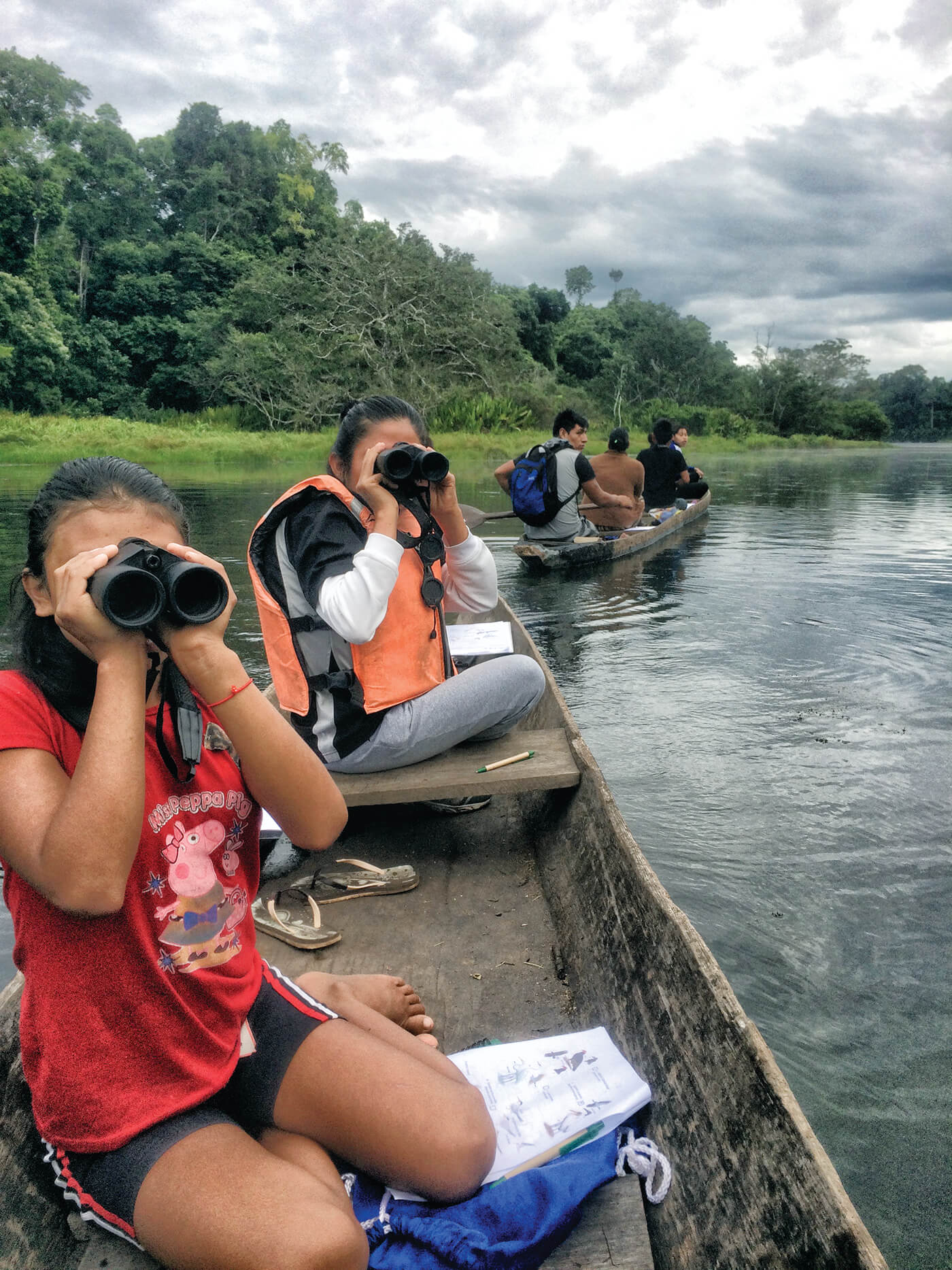
MANY FACES OF SCIENCE
Peruvian students get the opportunity to experience the mysteries of Cocha Cashu.
However, this expression really speaks more to the role the station plays in changing people’s lives—and life trajectories—than the possibility of parasites or disease, which are a fairly low risk. Scientific investigators and students come to Cashu and fall in love with tropical nature. There is no better place to see it up close and personal. I love what one of our “Cashu nuts”—what we affectionately call our alumni—said: “I’ve never seen a bigger world than from a little tent at Cashu.”
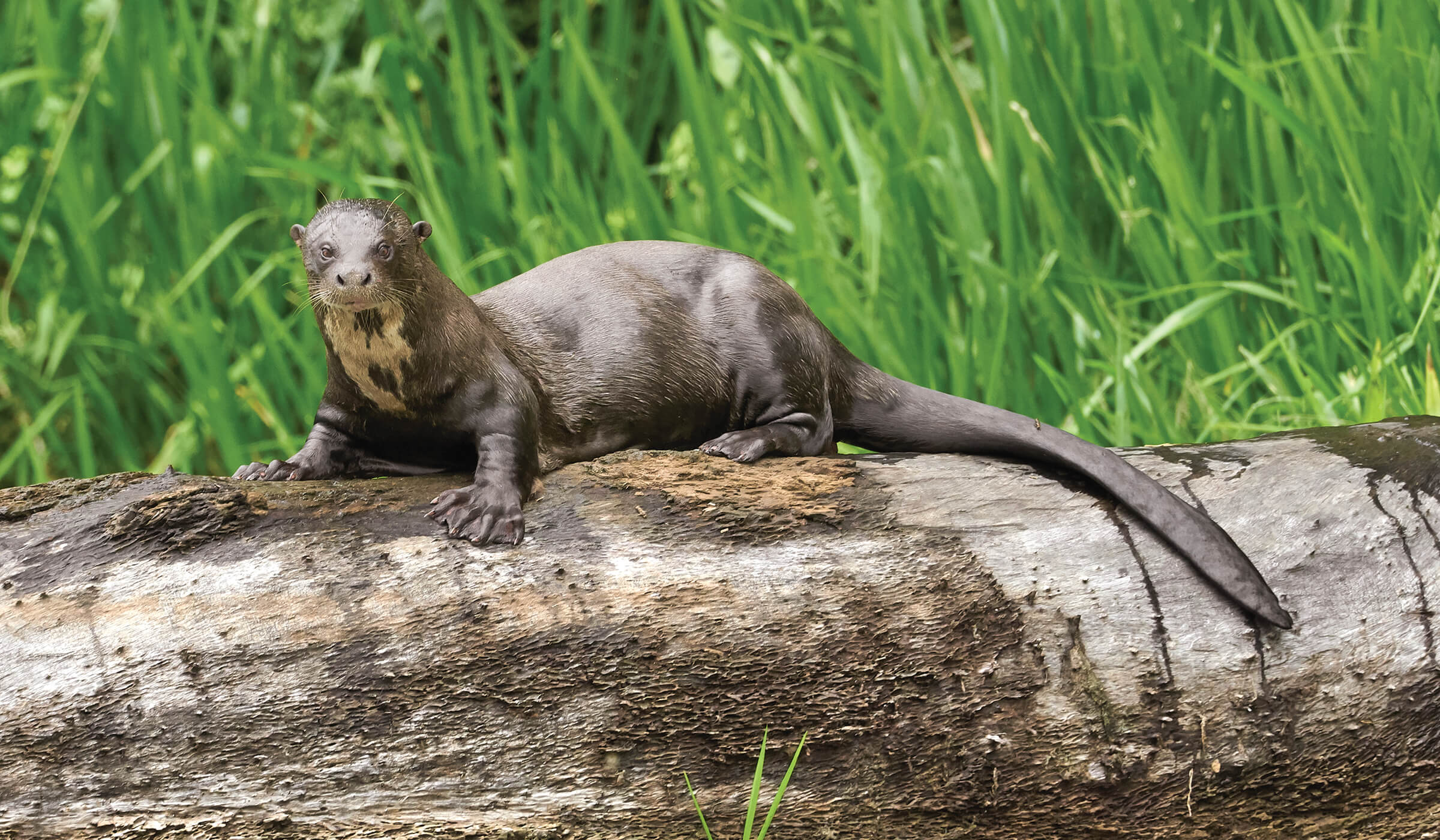
Growth of Cocha Cashu
Contemplating our past, we have much to be proud of. We’ve managed the station for nearly 10 years, and we are standing on the shoulders of giants. Even before Manu became a UNESCO international biosphere reserve, adventurous investigators made their way along this arduous journey—I can only imagine what it would have been like in the late 1960s—to establish a beachhead on the shores of the oxbow lake known as Cocha Cashu, named after the cashew nut, which it resembles in shape. John Terborgh, now a professor emeritus at Duke University, was among the first to arrive, and the one who saw the long-term potential of the location. Tents cropped up, followed by a small kitchen and a few outbuildings, and it eventually evolved into a research station. What a debt of gratitude we owe him for these efforts!
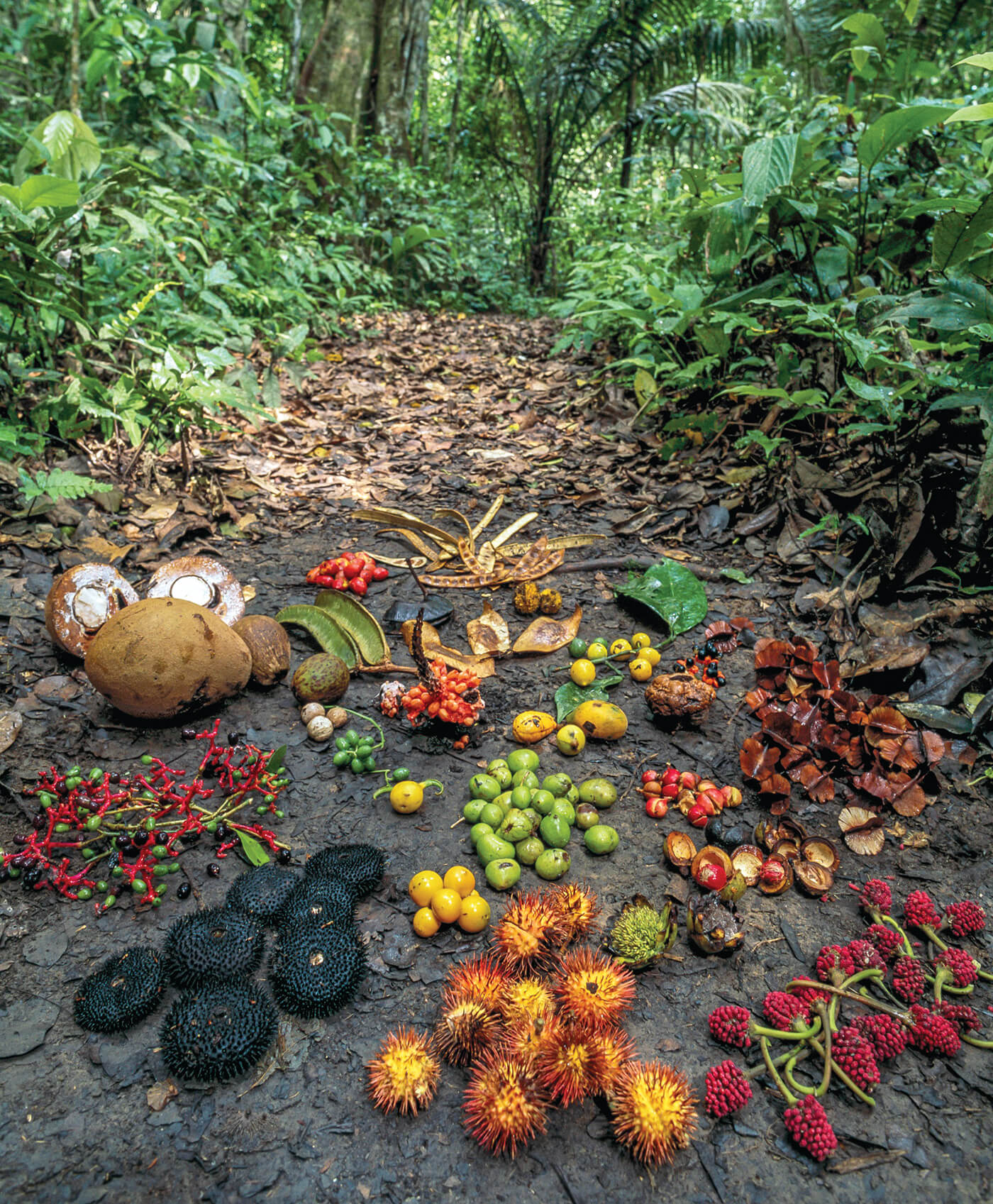
FOREST BOUNTY
Researchers sort and document the cornucopia of rain forest fruits that grow in Cocha Cashu and support the diversity of wildlife.
Over the years, John and his colleagues began publishing, and the word got out. Attracted by the surreal beauty, the sheer remoteness, or the plethora of unique research questions that can be addressed here, an increasing variety of scientists began showing up on Cashu’s doorstep. As of 2020, we are approaching 800 publications, a phenomenal contribution to science from what amounts to a tented camp. As proud as we are of this accomplishment, we are even more proud of relatively new developments focused on Peruvians.
Community Participation
Our programs for Peruvians center around four communities: local, mostly indigenous peoples; college students; professional scientists; and park authorities. We do not want our field station to be just a playground for “gringo scientists,” and we are working to make it integral to many facets of Peruvian society. We travel up and down the rivers and tributaries surrounding the station, visiting schools and communities. We let them know what we are doing. (“No, we are not growing marijuana.”) We ask them about their use of and relations with their natural heritage, and we provide some environmental education.
We also invite groups of students and teachers to visit the station overnight, so they can experience the plant, animal, and cultural life of Cashu. For the past six years, we have held an annual field course, training about a dozen of Peru’s brightest and most passionate college students in the techniques and applications of field ecology and conservation. They will go on to become the conservation practitioners, government authorities, and professors who help define conservation in the coming generations. Our efforts to embrace Peruvian academia and park staff have also paid off, as we have better communication and collaboration, and an increasing number of visits from these groups. Our vision for these crucial outreach programs is to keep them going, and build on the foundation we have laid.

SMELL THAT?
Hoatzin birds share one trait with cows, goats, and sheep: they are ruminators, digesting their food with the help of bacterial fermentation.
Looking to the Future
Going forward, we realize that how we approach science and conservation is changing. There are challenging global trends, and we need a dynamic station that can rise to meet them. While not ignoring our legacy as the best place in the neotropics to study the behavior and ecology of primates, we need to move beyond these traditional approaches, and embrace molecular biology, hydro-ecology, soil science, plant physiology, microbiology, new “biologging” technologies (miniaturized devices that record animals’ movements and activities), and climate change biology.
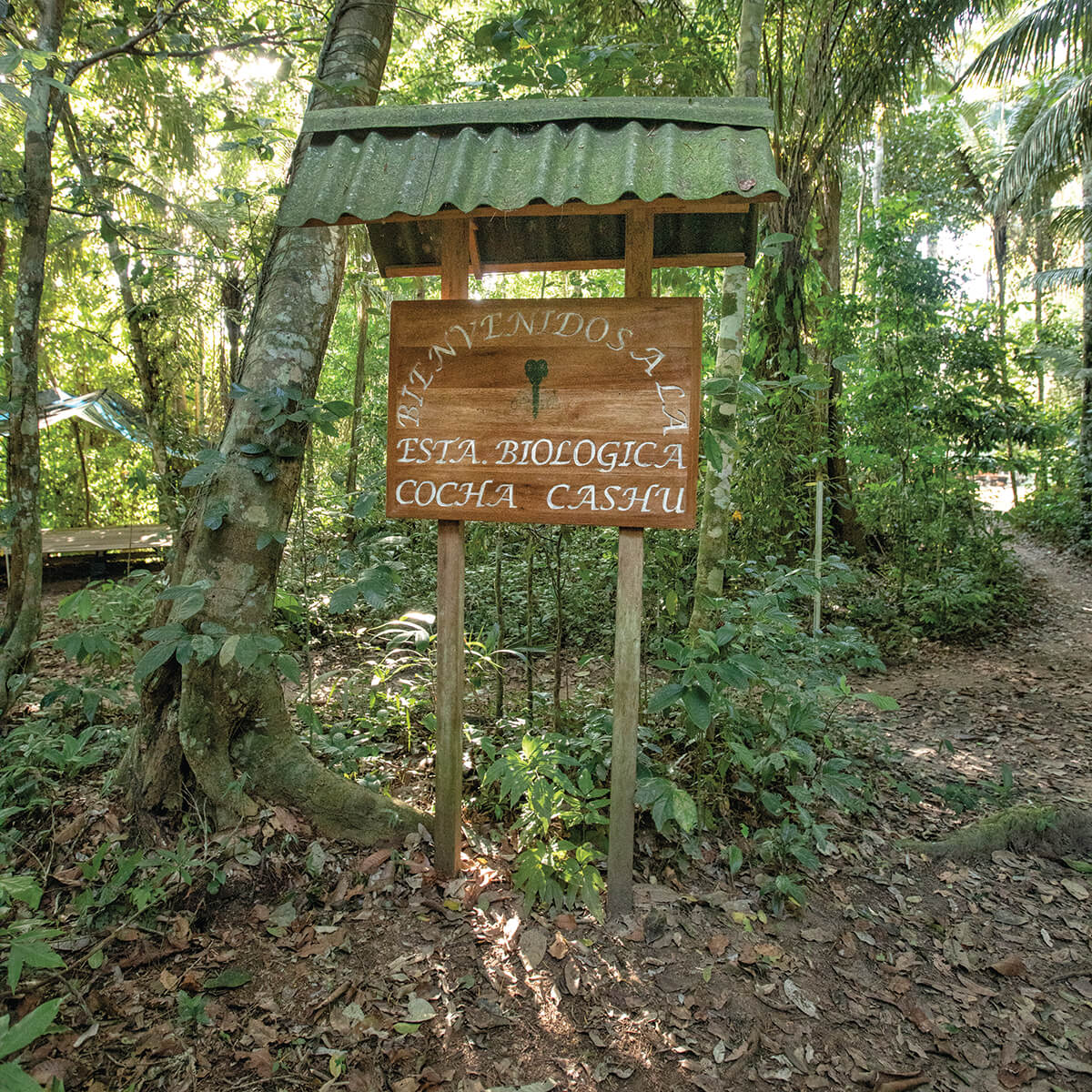
AN UNFORGETTABLE WELCOME
People who visit the Station are forever changed…and fondly called Cashu nuts.
We also need to move beyond the forest and into the lakes, rivers, and streams. To that end, Cocha Cashu was awarded a grant from the National Science Foundation to upgrade infrastructure and support aquatic ecosystem research. We purchased, for example, cutting-edge sensors and devices for monitoring water quality, and a robotic “mini-submarine” fitted with devices to map the underwater terrain at high resolution. We also sought the advice of leading researchers from across numerous disciplines, inviting them to attend a three-day workshop at the station (Cocha Cashu Vision 2050: Charting a 21st-century Agenda for a Premier Tropical Research Station). We left loaded with ideas that could help us transform Cashu into a new kind of research station that promotes far more than just traditional field ecology.
Resting on our laurels just a bit is understandable, but this rightful pride must be matched with ambition to go beyond what has already been done. With help from our “Cashu nuts” and other friends and supporters, we are attempting to reinvent the field station. By remaining current and looking to the future, we hope to continue transforming lives and setting visitors off on new and better life trajectories. Each time I visit Cashu, I feel revitalized by nature and inspired by the people working so hard to discover its secrets. I hope we have at least another 50 years where people can come to Cashu and “see a bigger world.”
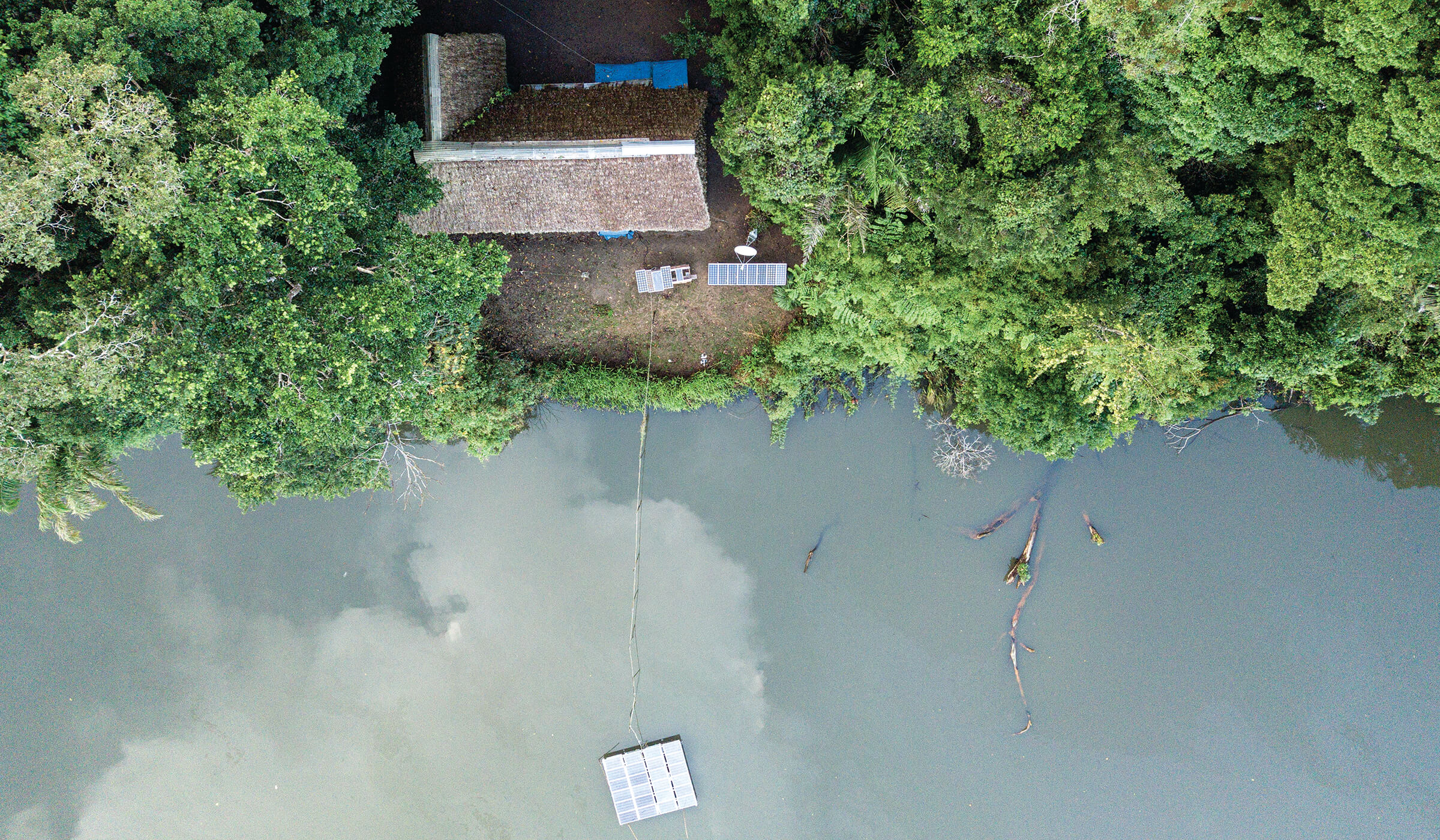
Going Greener
Since early 2018, Cocha Cashu has been an ally of the Regenera program of Nature Services Peru, through which we compensate the carbon emissions of our basic operations—arising from boat and road transport of supplies and staff, plus electricity consumption in our head office in Cusco—with carbon reserves generated by forest custodians in the buffer area of Manu National Park. The offset funds help the local communities protect and steward their forest resources, thus providing habitat for people and wildlife alike, as well as important corridors connecting one reserve to another. The next step is to help visitors offset their own research footprints, including their travel to and within Peru, which is by far the station’s biggest source of indirect emissions.
Photography by: Ken Bohn/SDZG; Jessica Groenendijk; Dano Grayson; Karla Ramirez Capetillo; Fortunato Rayan Perez; Benjamin Drumond; André Baertschi.



